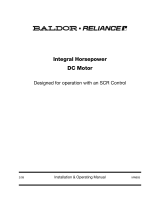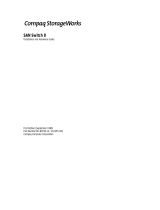
2
1 Hardware Edition
1 Introduction .................................................................................................................................................................. 6
1-1 Before use ...................................................................................................................................................................................................6
1-2 Related operating manuals ..................................................................................................................................................................6
1-3 Overview of the product .......................................................................................................................................................................6
2 Safety precautions .......................................................................................................................................................7
3 Precautions for use ....................................................................................................................................................10
4 Preparation .................................................................................................................................................................. 13
4-1 Checking the product ......................................................................................................................................................................... 13
4-2 How to identify the product model ............................................................................................................................................... 13
4-3 Model list ................................................................................................................................................................................................. 14
4-4 Information about nameplate ......................................................................................................................................................... 15
4-5 Names of parts ....................................................................................................................................................................................... 15
5 Installation ...................................................................................................................................................................16
5-1 Installation location ............................................................................................................................................................................. 16
5-2 Installing the rack and pinion motor ............................................................................................................................................. 16
5-3 Installing the load ................................................................................................................................................................................. 18
5-4 Permissible radial load, permissible rotational torque (moment) ...................................................................................... 19
6 Connection ..................................................................................................................................................................21
6-1 Connecting the driver ......................................................................................................................................................................... 21
6-2 Protective Earth ..................................................................................................................................................................................... 21
7 Maintenance and inspection ...................................................................................................................................23
7-1 Inspection ................................................................................................................................................................................................ 23
7-2 Warranty ................................................................................................................................................................................................... 23
7-3 Disposal .................................................................................................................................................................................................... 23
8 Regulations and standards .......................................................................................................................................24
8-1 UL Standards .......................................................................................................................................................................................... 24
8-2 CE Marking/UKCA Marking ............................................................................................................................................................... 24
8-3 RoHS Directive ....................................................................................................................................................................................... 24
8-4 Machinery Directive ............................................................................................................................................................................. 24
8-5 Equipped motor models that conform to standards ............................................................................................................... 24
9 Specications ..............................................................................................................................................................25
9-1 Product specications ......................................................................................................................................................................... 25
9-2 General specications ......................................................................................................................................................................... 25
10 Accessories ..................................................................................................................................................................26























